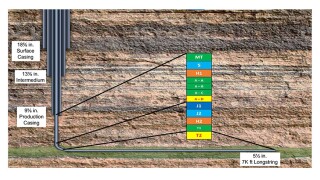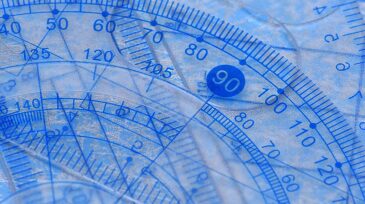Directional/complex wells
Extended-reach drilling (ERD) and complex wells have emerged as pivotal techniques, enabling access to previously unreachable reserves. ERD allows operators to access oil and gas reservoirs far from the drilling site, minimizing the environmental footprint and optimizing resource recovery.
This paper presents a continuous passive magnetic ranging technique that can provide real-time distance and direction to the offset well while drilling without interrupting drilling operations.
This paper highlights nontraditional methods to cure oil-based-mud losses in horizontal wells drilled in unconventional plays.
-
Few locations present as many challenges for drilling as the Arctic. It is one of the most hostile environments in the world, with some of the most remote locations, the toughest logistics challenges, and the largest gaps in infrastructure on the planet.
-
This paper describes the first job in southeast Asia in developing horizontal-well placement in a turbidite environment.
-
A new rotary-steerable system (RSS) was designed to give geometrically greater dogleg-severity (DLS) capability while still being able to withstand the increased bending stresses.
-
This paper explores the applications, benefits, and value of a high-build-rate rotary-steerable system (HRSS) capable of delivering dogleg severity (DLS) greater than 18°/100 ft.
-
Advances made in horizontal and complex-trajectory wells demonstrate that, despite this historic downturn, the industry has kept innovating and optimizing to bring more-efficient solutions to the table.
-
Experience has revealed that frictional pressure loss in the wellbore hinders the full use of the entire length of the horizontal well. This paper presents a new approach to maximize the use of the full length of long horizontal drainholes.
-
This study compares the performance of openhole-packer completion systems with that of cemented-liner completion systems in the northern Montney gas resource play.
-
In horizontal and extended-reach wells in which long completions are run into highly deviated or lateral zones, large compression loads arise because of running friction.
-
In organic shales, hydraulic fracturing is important for optimizing the production of horizontal wells. For a standalone lateral, the propped surface should be maximized to increase production. In the case of a pad, well spacing is an additional factor.
-
This paper offers an alternative explanation for the early boundary-dominated flow related to dissolution of salt-sealed natural fractures in the shale.













